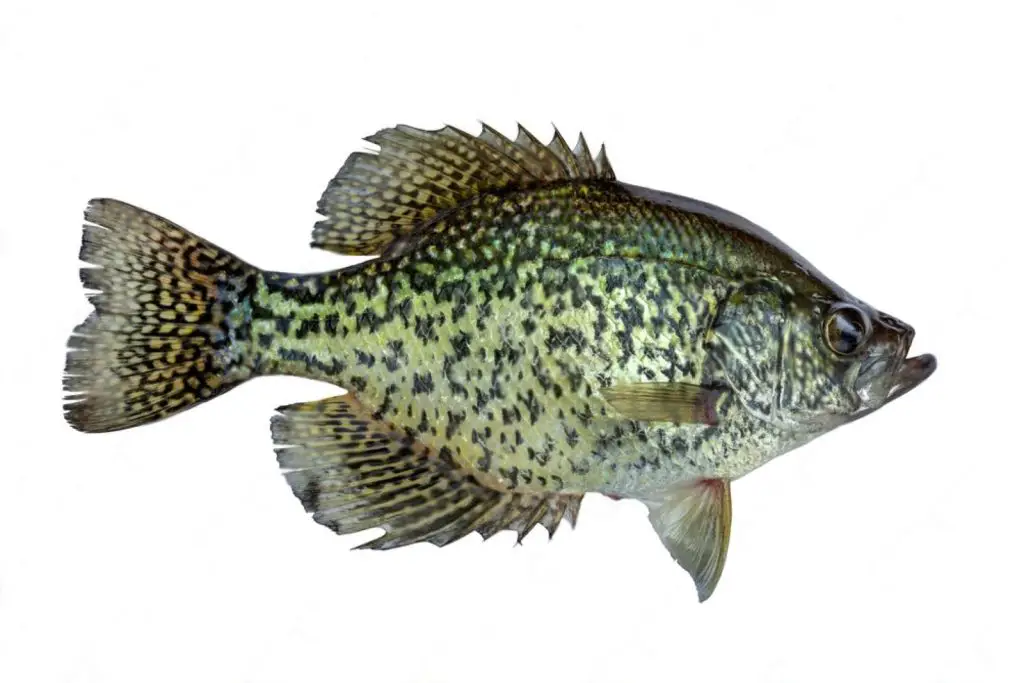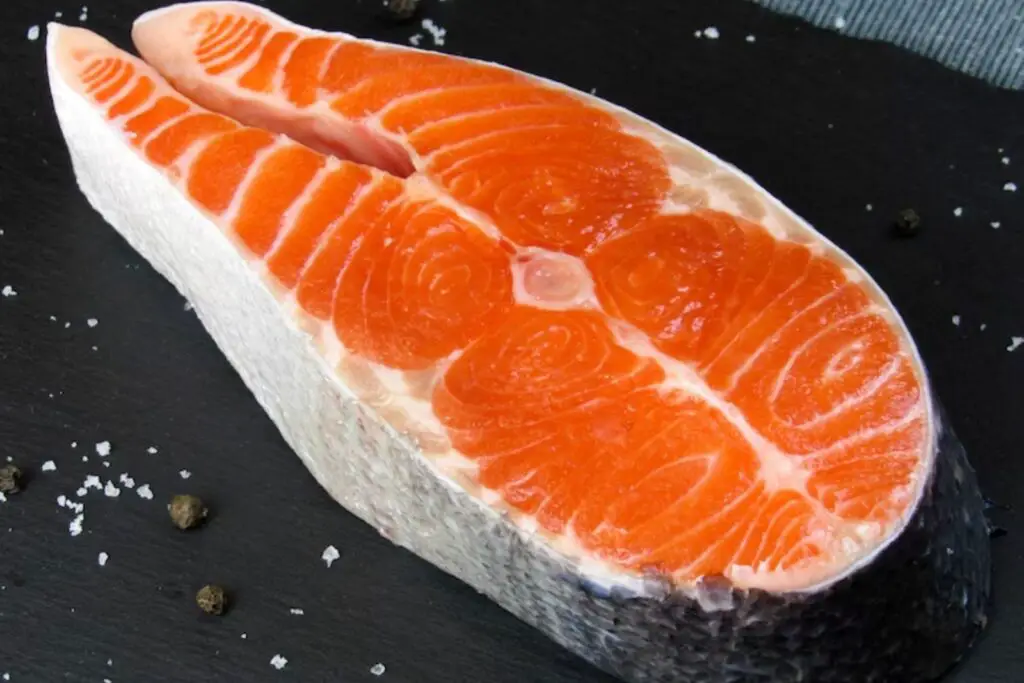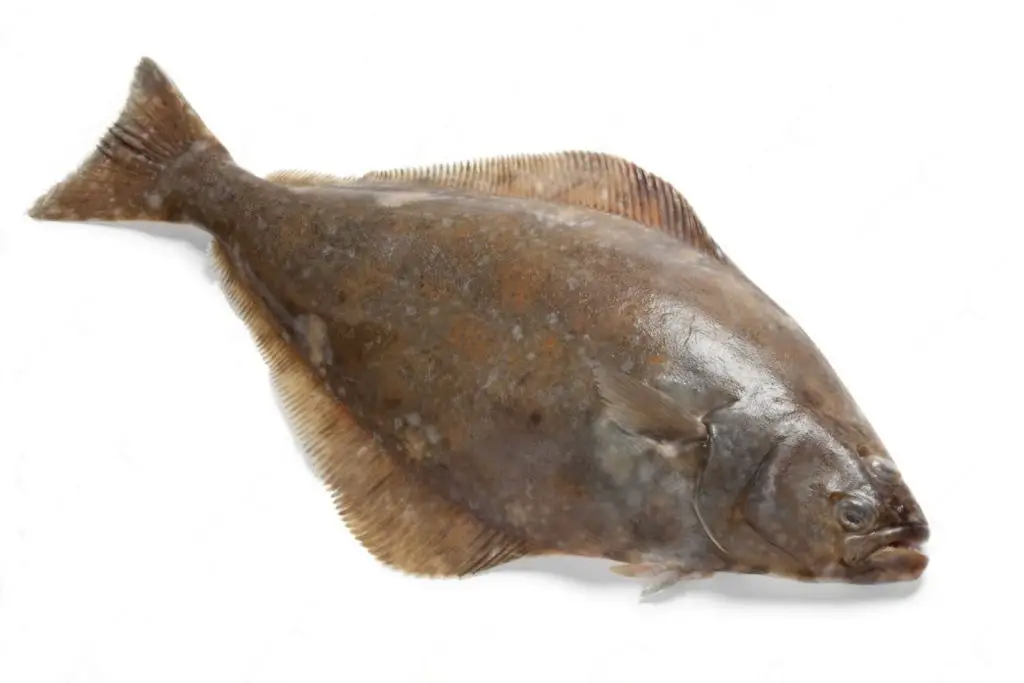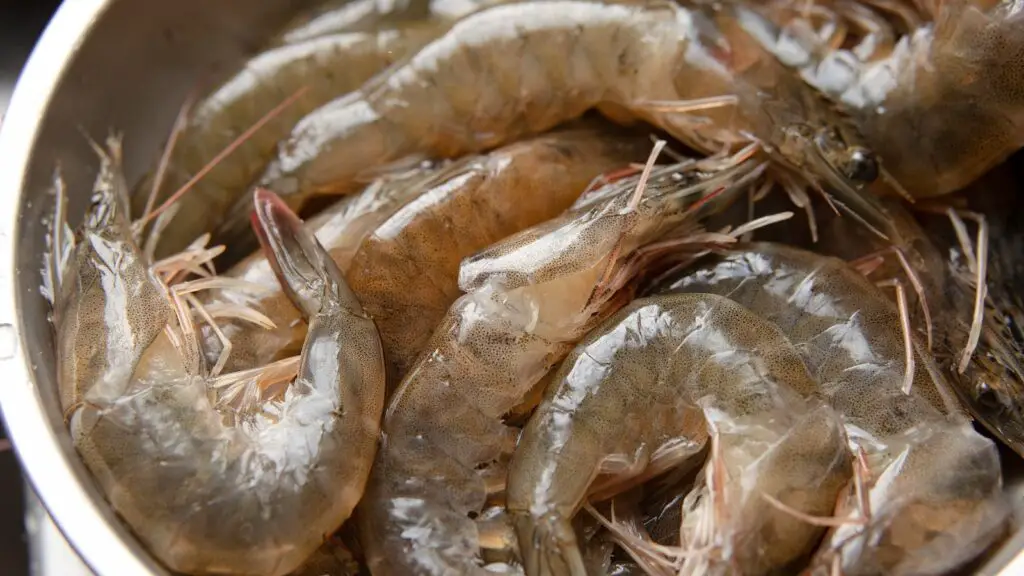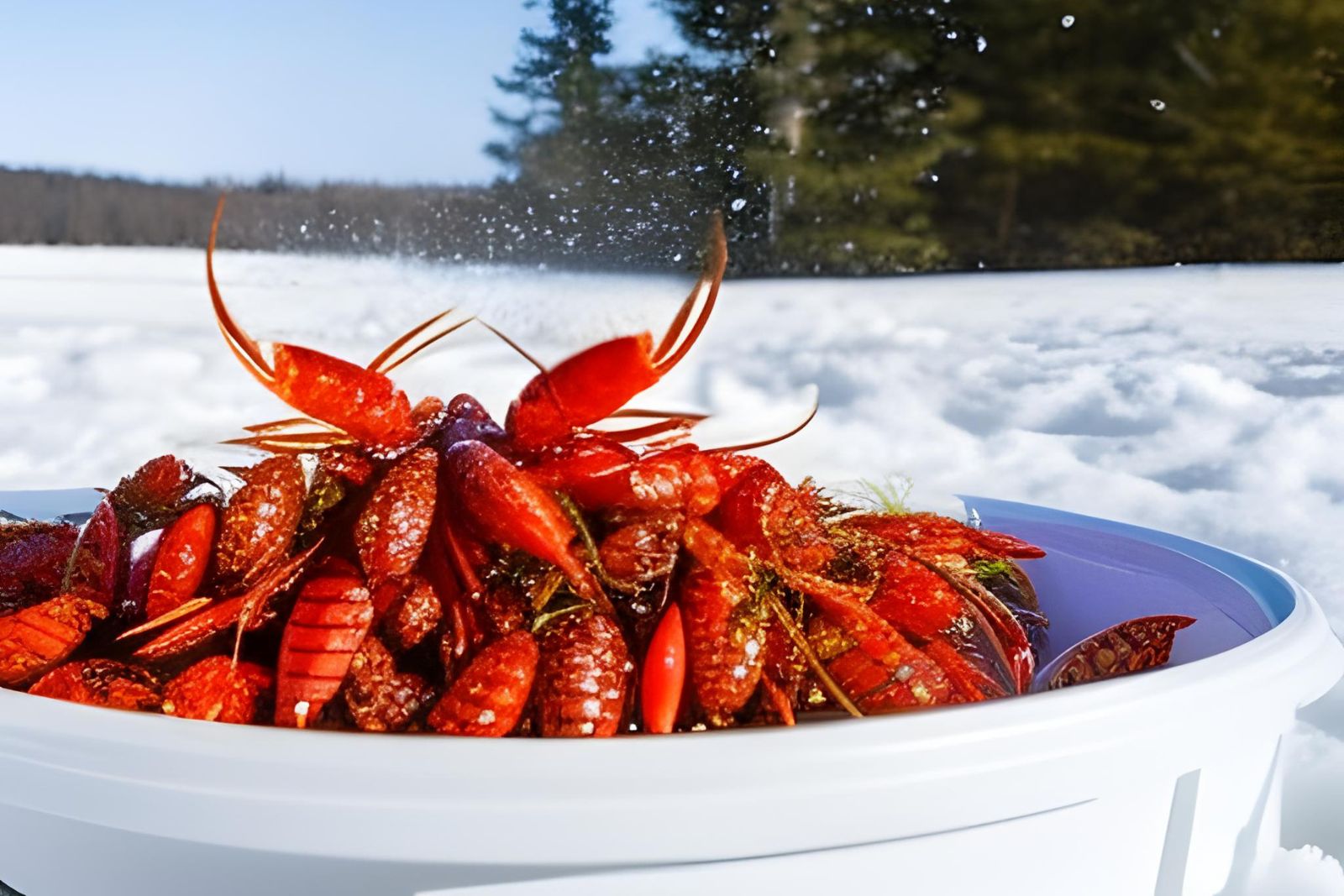
Live crawfish, also known as crayfish or crawdads, are small crustaceans that thrive in freshwater habitats such as lakes, rivers, and streams. These fascinating creatures are prized for their tender meat and unique flavor, which is often described as a cross between shrimp and lobster. Crawfish are a popular delicacy in many cuisines, particularly in Southern and Cajun cooking. They are commonly boiled and seasoned with spices, creating a flavorful and satisfying meal.
If you have live crawfish and want to extend their shelf life or enjoy them at a later time, freezing can be a viable option. Freezing crawfish allows you to preserve their quality and flavors, ensuring that you can relish these delectable crustaceans whenever you crave them, regardless of their availability. In the following section, we will explore the process of freezing live crawfish and provide tips for maintaining their texture and taste after thawing.
Here are the general steps for freezing live crawfish:
Step 1: Rinse the live crawfish thoroughly.
Cleaning live crawfish is a crucial step to ensure that they are safe to eat and taste their best. Crawfish are often found in muddy waters and can accumulate dirt and debris on their shells and legs. Before cooking, it is important to rinse the crawfish thoroughly to remove any unwanted elements.
To clean the crawfish, start by filling a large container or sink with cool, clean water. Place the live crawfish in the water and agitate them gently with your hands. This will help to loosen any dirt, debris, or mud that may be on their shells and legs.
Next, remove any dead crawfish that may be in the container or sink. Dead crawfish can spoil quickly and can lead to foodborne illness if consumed. After removing the dead crawfish, drain the water and repeat the rinsing process with fresh water. It may take several rinses to ensure that all dirt, debris, and mud have been removed from the crawfish. Once the crawfish have been thoroughly cleaned, they are ready for purging and cooking.
Step 2: Place the crawfish in a large cooler filled with cold, salted water.
Purging the crawfish helps to flush out these impurities and ensures that the crawfish are clean and flavorful. To purge live crawfish, they are first placed in a large container, such as a bucket or cooler. The container should be filled with cold water that has been salted with about 1/3 cup of salt per gallon of water. The crawfish are then submerged in the saltwater and left for about 30 minutes. During this time, the saltwater triggers the crawfish’s natural cleansing process and causes them to expel any impurities they have ingested.
The container should be kept in a cool place while the crawfish are purging, as warmer temperatures can cause them to become lethargic and potentially die. It is also important to periodically stir the water to ensure that the saltwater is evenly distributed and that all the crawfish are exposed to it.
After the 30-minute purge is complete, the crawfish are removed from the saltwater and drained. They should then be rinsed thoroughly under cold running water to remove any remaining impurities or salt.
Step 3: Bring a large pot of water to a boil and add the crawfish.
To blanch crawfish, a large pot of water should be brought to a boil. The crawfish are then added to the pot and boiled for 1-2 minutes. It is important to not overcook the crawfish during this step, as it can result in tough, rubbery meat. After 1-2 minutes of boiling, the crawfish should be removed from the pot using a slotted spoon and immediately placed in a large bowl of ice water to cool.
The ice water not only stops the cooking process but also helps to prevent the crawfish from becoming mushy. It also helps to set the color of the shells and makes them more visually appealing. After cooling in the ice water for a few minutes, the crawfish should be drained and patted dry with paper towels before being frozen or further cooked.
Can I freeze live crawfish without blanching them first?
Yes, you can freeze live crawfish without blanching them first. However, it’s important to make sure the crawfish are alive and healthy before freezing them. You should also prepare them properly by cleaning and seasoning them. To freeze, place them in airtight containers or freezer bags and store them in the freezer. Thaw them slowly in the refrigerator or in cold water before cooking. Freezing live crawfish can help extend their shelf life and make them available for consumption year-round.
Step 4: Drain the crawfish and remove any excess water.
To prepare crawfish for freezing, the boiled and blanched crawfish should be drained well in a colander or on a paper towel-lined plate. Any excess water should be removed, and the crawfish should be patted dry with paper towels.
Once the crawfish are drained and dry, they can be placed in a plastic bag or an airtight container. If using a plastic bag, make sure to press out any excess air before sealing to prevent freezer burn. If using an airtight container, leave some space at the top for expansion during freezing. Label the bag or container with the date and contents before placing it in the freezer.
Step 5: Freeze the crawfish.
Once the crawfish have been prepared for freezing, they can be placed in the freezer. It is important to make sure that the crawfish are completely frozen before storing them for an extended period.
During freezing, it is important to make sure that the crawfish are not exposed to any other strong odors in the freezer. This can affect the quality and flavor of the crawfish. It is also recommended to place the crawfish in the coldest part of the freezer to ensure that they remain frozen and maintain their quality.
Other related questions
How do I thaw live crawfish?
To thaw live crawfish, it is best to place them in the refrigerator for several hours or overnight until fully thawed. This slow thawing process helps to maintain the quality and texture of the crawfish. It is not recommended to thaw crawfish at room temperature, as this can lead to bacterial growth and spoilage. Once thawed, the crawfish can be cooked as desired or kept in the refrigerator for up to two days before cooking. It is important to handle thawed crawfish carefully to avoid cross-contamination and foodborne illness.
How long do crawfish last in the freezer?
Crawfish can last in the freezer for up to 3 months. Proper packaging and storage are crucial for maintaining their quality. Make sure to place the crawfish in airtight freezer bags or containers, removing as much air as possible. Label the packaging with the date of freezing to track its freshness. Thawed crawfish can be used in various recipes like étouffée, gumbo, or boiled crawfish dishes.
Can I use frozen live crawfish with fresh ones?
Yes, you can use frozen live crawfish with fresh ones, but it is important to thaw them properly and use them within a reasonable time frame. Mixing fresh and frozen crawfish can help you stretch your supply and enjoy the delicacy all year round. When thawing the frozen crawfish, it is recommended to thaw them in the refrigerator for several hours or overnight. Mixing fresh and thawed crawfish can create a nice balance of texture and flavor, but it is important to cook them properly to avoid any health risks.
Can I freeze live crawfish that have been previously frozen?
It is not recommended to freeze live crawfish that have been previously frozen, as this can cause a decline in their quality and safety. Repeated freezing and thawing can lead to texture changes, loss of flavor, and an increased risk of bacterial growth. If you have previously frozen crawfish, it is best to use them as soon as possible and avoid freezing them again. Fresh live crawfish that have never been frozen before is the best option for freezing.
How can I tell if frozen live crawfish have gone bad?
To tell if frozen live crawfish have gone bad, look for signs of freezer burn, such as discoloration, dryness, and ice crystals. Freezer burn can affect the texture and taste of the crawfish. Also, check for any off-odors or unusual smells, which can indicate spoilage. If the crawfish have a strong, unpleasant odor or smell sour, they should be discarded. Another sign of spoilage is a slimy or mushy texture, which can indicate bacterial growth. If you notice any of these signs, it is best to err on the side of caution and dispose of the crawfish to avoid the risk of food poisoning.
Can I freeze live crawfish that are still in the shell?
Yes, you can freeze live crawfish that are still in the shell. However, it is recommended to remove the head of the crawfish before freezing to prevent the meat from deteriorating and to save space in the freezer. You can freeze the crawfish with or without seasoning, depending on your preference. Be sure to store them in airtight containers or freezer bags, remove as much air as possible, and place them in the coldest part of the freezer. When thawed, the crawfish can be cooked or eaten as desired.
Can I freeze live crawfish with other seafood or meats?
It is not recommended to freeze live crawfish with other seafood or meats, as they may have different storage requirements and can affect the quality and safety of each other. Mixing seafood or meat with crawfish can also increase the risk of cross-contamination and spoilage. It is best to freeze live crawfish separately from other foods to maintain their quality and safety. If you want to freeze them together, make sure they are cooked, and follow proper food safety guidelines.
Will freezing affect the texture or flavor of live crawfish?
Freezing can affect the texture and flavor of live crawfish, but proper preparation and handling can help minimize these effects. Crawfish that are not cleaned or seasoned properly before freezing may develop a freezer burn or lose flavor. Thawing too quickly or cooking them too long can also affect their texture. However, if live crawfish are prepared correctly, frozen quickly, and stored in airtight containers, they can maintain their flavor and texture for up to six months. When thawed and cooked correctly, they can be just as delicious as fresh crawfish.

